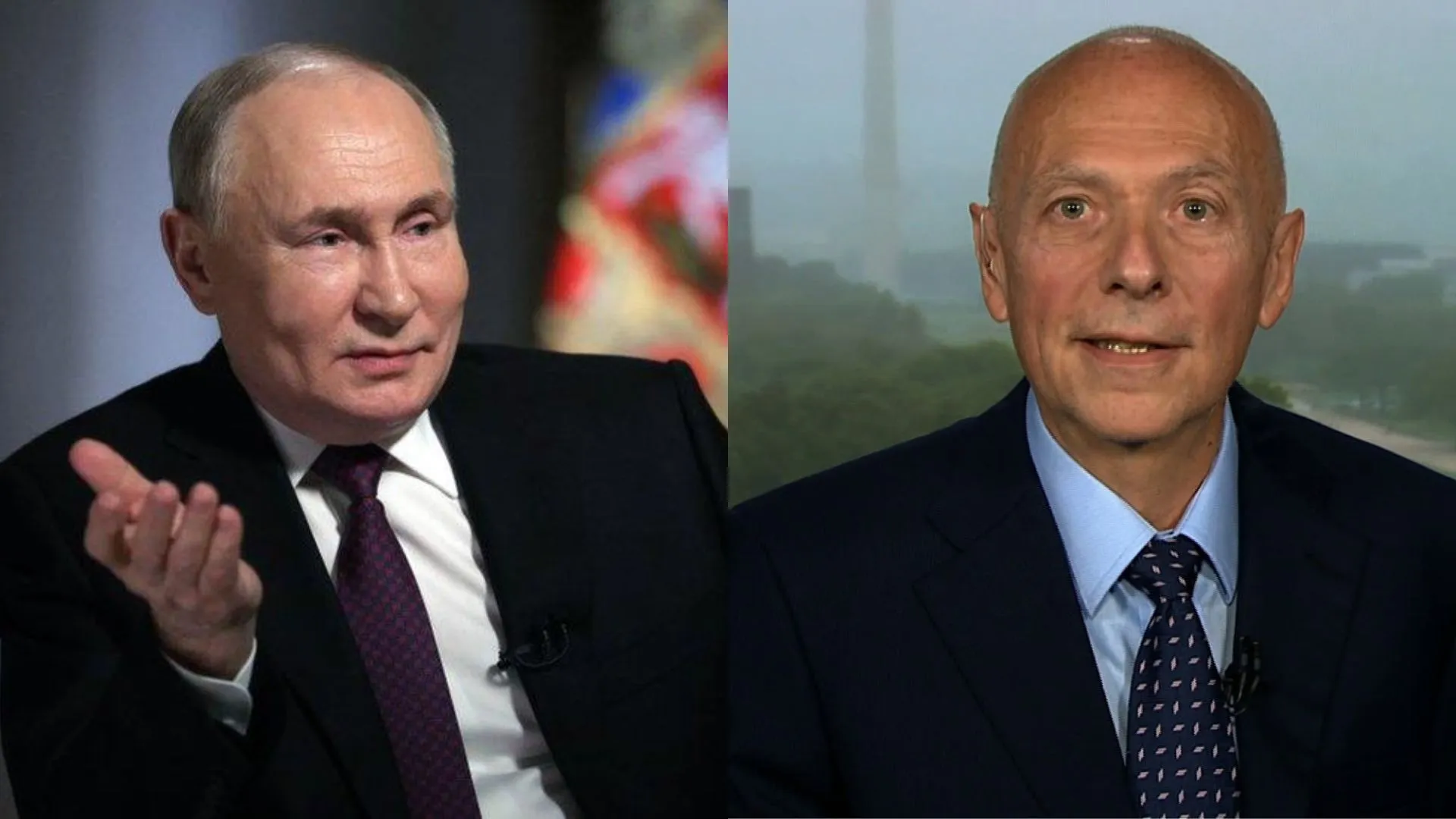In Budget 2020, the Modi government introduced the New Tax Regime, offering taxpayers the option to benefit from lower tax rates under simplified tax slabs, with the trade-off being the removal of deductions and exemptions. Since its inception, the move has sparked ongoing debate and speculation about whether the government should entirely abolish the Old Tax Regime or phase it out gradually.
Dual Tax Regime Concerns
A major point of contention has been the dual tax regime, with taxpayers voicing concerns about the complexities of managing two parallel systems. These concerns have persisted despite the New Tax Regime being made the default option in Budget 2023. As Finance Minister Nirmala Sitharaman prepares to present her second full-fledged Budget under the Modi 3.0 government on February 1, 2025, speculation is growing. Taxpayers continue to advocate for the removal of the previous Tax Regime in favor of a single system, which they believe would simplify compliance and reduce confusion.
Experts Highlight Complexity of Dual Tax Regime
Experts have also pointed to the complexity of the current system, offering suggestions to simplify and rationalize individual taxation.
CA (Dr.) Suresh Surana, a respected taxation expert while speaking to Financial Express, “Most individual taxpayers, especially salaried individuals, compute their tax liability on their own. Without professional assistance, it becomes difficult for them to assess and choose the most favorable tax regime.” He further highlighted that taxpayers earning income from a business or profession, who choose to opt out of the New Tax Regime under Section 115BAC, can only revert to it once, making the process less flexible and more cumbersome.
Addressing Inflation and Tax Rates
Jalan also emphasized the need to address the impact of inflation, which currently hovers around 6% per annum. “Easing the tax rate in the New Regime could help mitigate this,” he said. He suggested that the basic exemption or rebate limit could be raised to ₹9 lakhs, thereby providing more disposable income to the middle class.
For taxpayers with earnings above Rs 15 lakh, the shift to the New Tax Regime may result in a financial setback. Jalan proposed a solution for this, suggesting the introduction of a new tax slab for incomes between Rs 15 lakh and Rs 18 lakh, taxed at 25%. “This adjustment would not only provide relief to established taxpayers but also increase disposable income, boost consumption, and, in turn, drive GDP growth,” he concluded.
Also Read: Budget 2025: Will Union Budget Bring Relief For Salaried Employees And Taxpayers?






















